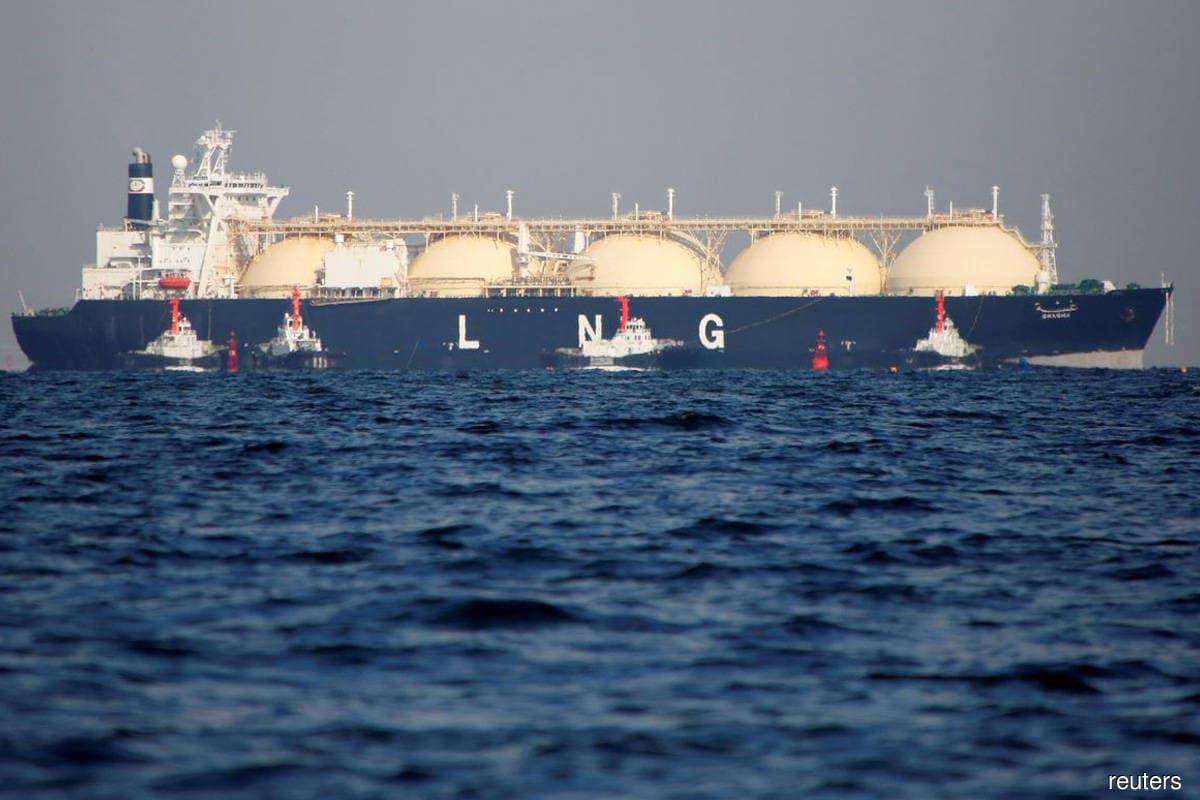
KUALA LUMPUR (Dec 31): A wide first quarter-fourth quarter spread in 2022 northeast Asian delivered LNG prices in recent months, against a comparatively flat oil-linked price curve, has offered a strong incentive for long-term LNG buyers to bring forward supply from the start of next winter to the start of 2022.
Global energy and commodity market business intelligence provider Argus Media on Thursday (Dec 30) reported that oil-linked LNG prices for delivery next year are higher in the first half of 2022 than later in the year, with small differences between contracts with three-month and six-month price formation periods.
It said a backwardation structure in the oil-linked curve — with prompt prices at a premium to forward values — has historically provided an incentive to defer deliveries until later in the year, boosting receipts at times when contractual prices are lower.
Argus said firms holding long-term oil-linked LNG supply next year may have a significant incentive to not only bring forward supply from the summer — when demand is often weaker, as tends to be reflected in spot prices — but also from the first three months of winter, given that first-quarter spot LNG prices have held a much wider premium to oil-linked prices than for the fourth quarter of 2022.
The Argus Northeast Asia (ANEA) first-quarter 2022 des price expired at a US$27.55/mn Btu premium to the corresponding three-month average 13% oil-linked price on Dec 15 as the ANEA January contract expired, with ANEA February-March prices continuing to hold ample premiums in subsequent days.
The premium for spot LNG prices over corresponding oil-linked prices further along the curve was considerably less — US$14.42/mn Btu for the second quarter, and US$14.64/mn Btu and US$15.77/mn Btu for the third and fourth quarters, respectively.
Argus said there has also been limited incentive for buyers to lift their fourth-quarter 2022 term receipts above summer deliveries, given the slimmer difference between spot-term price spreads for the fourth quarter and the summer quarters.
It said term contracts generally include some volume flexibility, typically equivalent to around 10% of the annual contractual quantity.
It said firms exercising this flexibility to maximise deliveries in the first quarter of the year may weigh on spot activity in Asia, where utilities have already been heard to have secured more supply on a forward basis than in recent years, unless particularly cold weather significantly boosts heating demand across the region.
Similarly, it said producers facing stronger supply obligations under term contracts may have limited spare capacity to produce additional cargoes for the spot market, reducing overall spot activity.
However, Argus said stronger contractual receipts over the first quarter of 2022 would leave buyers more reliant on spot supplies over the remainder of the year, and producers with more spot cargoes to offer.
It said this could widen the scope for the price volatility witnessed in recent months persisting into next year, particularly in the event of strong European injection demand during the summer.